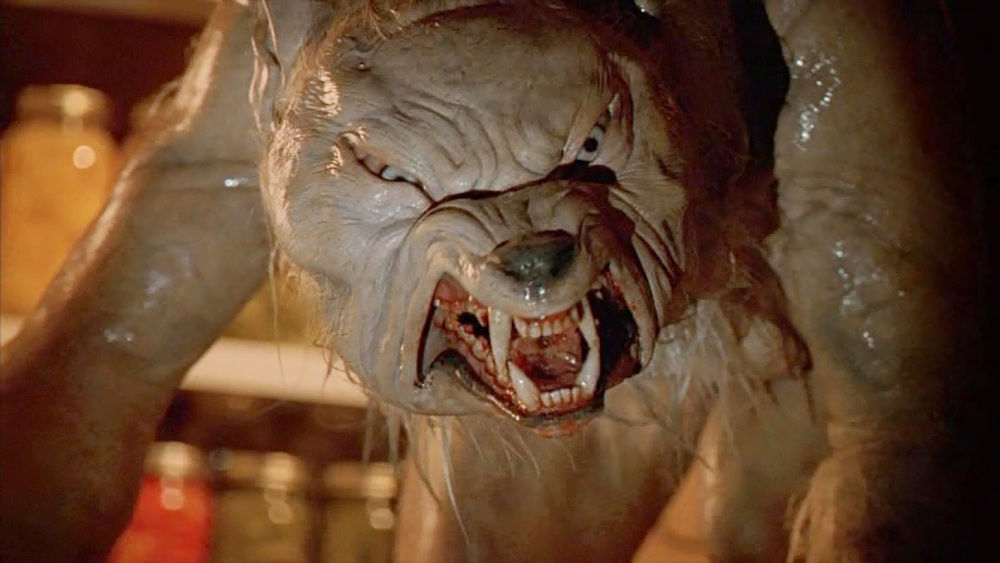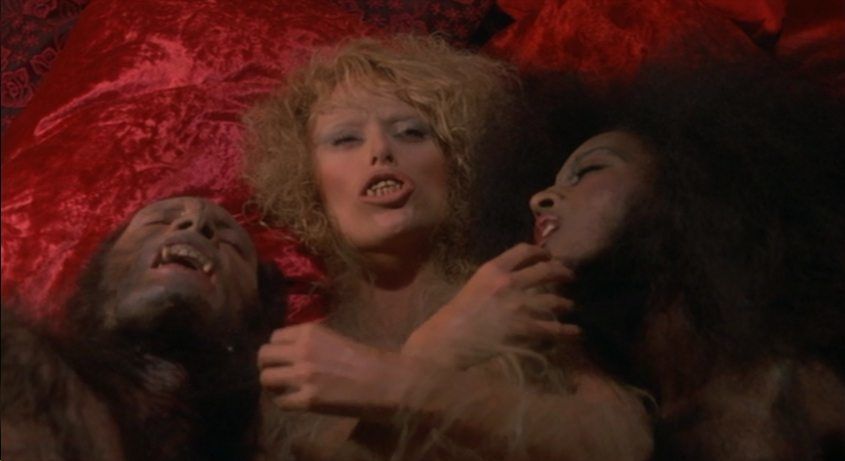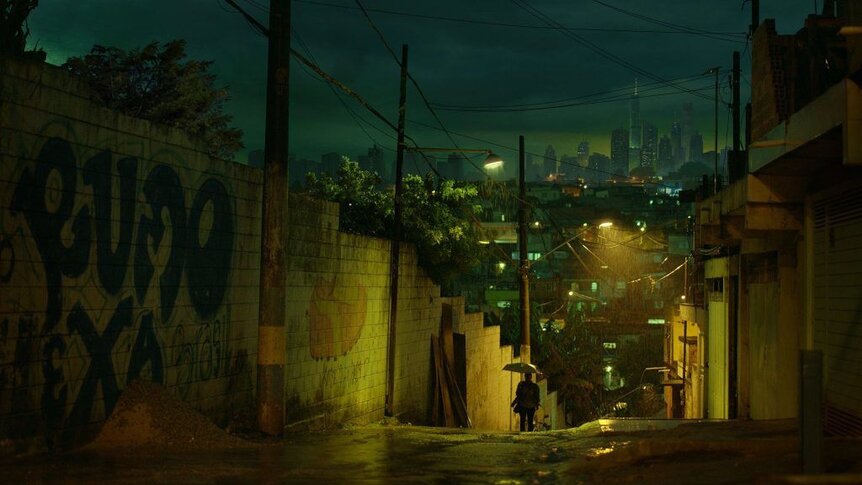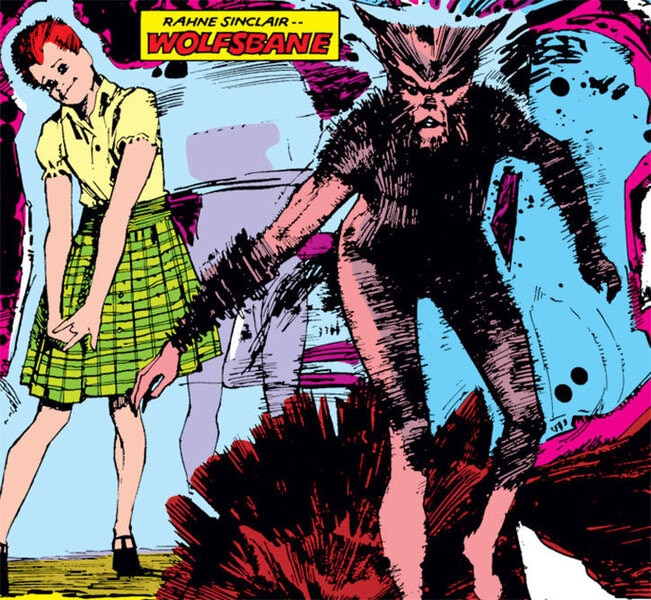Create a free profile to get unlimited access to exclusive videos, sweepstakes, and more!
The underrepresented legacy of women werewolves

When asked to name culturally prominent werewolves, there are dozens of easy examples of male werewolves that might spring to mind. Stories about women werewolves are a little harder to track down. Of course, most audiences will be familiar with the Twilight series, which was pretty great about equal gender representations in its wolf people. Beyond that, they become a little more difficult to readily name.
Yet there are a few lady werewolves out there, and it is the few that bring us here today. There have been various articles discussing the lack of women werewolves in fiction, but we'd like to take a moment to emphasize the ones that just don't get enough love.
Women Werewolves In Film
If you have any interest whatsoever in female werewolves, chances are you're familiar with Ginger Snaps, one of the greatest werewolf stories of all time. The analogy of a young woman going through puberty and becoming both physically and emotionally monstrous certainly found resonance with a lot of people on its release. Its sequels are equally as good, and it currently stands as one of the best horror trilogies out there.
Meanwhile, The Howling franchise is a little older and was mostly female-focused for its first couple of outings. In the original film, a woman journalist is a protagonist who uncovers the secret underground of werewolf corruption in her hometown. In the second movie, charmingly titled Your Sister Is a Werewolf, we are introduced briefly to the idea of not one but several women werewolves, and the implication that the hero of the first film was, in fact, a werewolf herself. Even in later sequels, generally condemned as horror B-films of the '80s, women werewolves appear often enough to keep the franchise interesting for female horror fans.
In the more recent Good Manners, released in 2018, we're given the story of a woman who is pregnant with a werewolf. She forms a tender queer bond with the woman she hires to help her with housework, named Clara. When the werewolf child kills his mother at birth, Clara tries to abandon him, but can't. She takes him in and tries to raise him to be good, so his struggle against his base instincts becomes her own. This movie is brilliant across the board, but the added commentary on the nature of the beast is fascinating.
Women Werewolves In Comics
There aren't many examples of women werewolves in comic books, but there is at least one prominent one. The New Mutants' Rahne Sinclair has a powerset that regulates her to a wolf-hybrid form. Though her transformation is not moon-based, she shares all the other characteristics of a typical werewolf. Rahne has been a presence in X-Men spin-off titles since the early '80s, and there has been a great deal of commentary around her loss of control and the religious upbringing that causes her to repress herself.
Like most women werewolves, Rahne fares incredibly badly and has died multiple times. Still, she is one of the most interesting takes on women werewolves, because she is often portrayed as a shy, nervous girl, agonized over the possibility that she might hurt another living being. Her transformation causes discomfort in others, but for Rahne, it has been a long process of self-loathing and forgiveness.
Legendary Werewolves
Let us not forget that even when not in wolf form themselves, women play an important part in most stories of werewolves. Even when reduced to the frightened girlfriend of the man who suddenly shifts into a werewolf, women are still present. Stories like Little Red Riding Hood are omnipresent throughout folklore and inspired such brilliant werewolf movies as The Company of Wolves. In Company, a young woman lives through the loss of her sister, who is devoured alive. As she delves into local lore around wolf-human hybrids, she comes face to face with werewolves while struggling against the monster that lives in her. Company is an underseen classic and should rate as high as Ginger Snaps on any werefan's list due to its subversion of the Red Riding Hood myth.
In literature, early works about women's relationship to wolves include The Were-Wolf by Clemence Housman. Housman was a proto-feminist, born in the late 1800s and active in the suffrage movement. The Were-Wolf certainly foresaw a lot of today's discussion around women werewolves by existing as part commentary and part erotic fantasy.
The metaphorical nature of a woman who transforms into a monster when the moon is full has certainly been resonant with many queer writers and artists. Slash fiction is indeed rife with tales of queer werewolves, and werewolf anthologies often feature tales of queer wolves somewhere in the mix. There has been extensive commentary on the resonance that werewolves have for queer people in critical books and essays like Monsters in the Closet: Homosexuality and the Horror Film and The Werewolf As Queer. Though fully realized, published works of queer wolves are more difficult to find and less likely to be optioned to television or film, there are those that argue the legend is intrinsically queer.
Then there are examples of real-life women werewolves. In 1591, there was an account published called Werewolves of Jurich that told the gruesome tale of men and women werewolves attacking a town only to eventually be captured and burned at the stake. This is only one of the countless stories of werewomen stalking towns and being brutally exterminated by the villagers. Though accounts like these beg for a healthy dose of skepticism in their reading, they were no doubt accepted as fact by many in their time.
Even if there aren't nearly as many women werewolves as we want to see in the world of genre, there's still some pretty good underrated lady werewolf representation out there if you look for it.





























